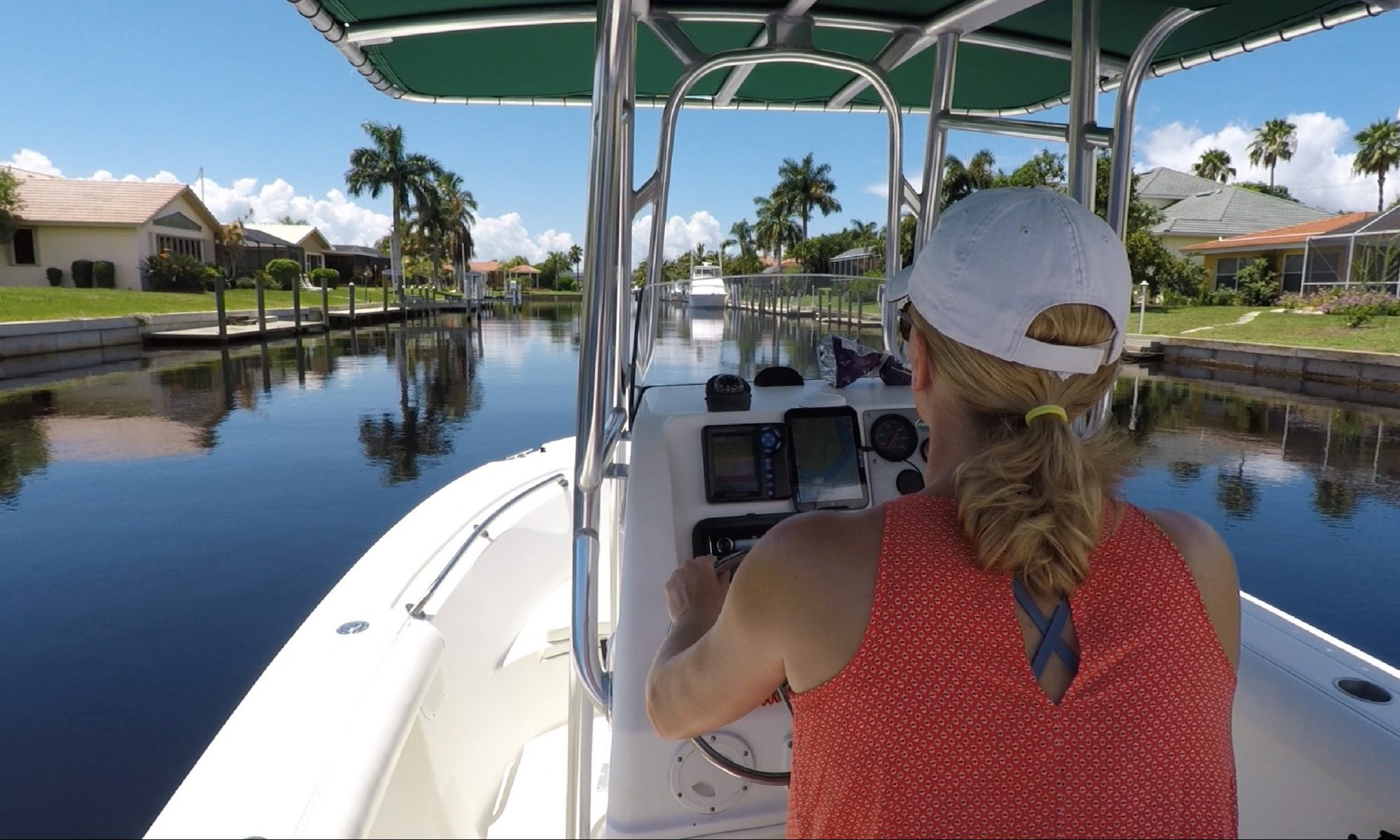Southwest Florida is a top birdwatching destination, offering some of the best birdingwatching in the country. From the beaches to the mangroves, this region is home to an incredible range of species, making it a must-visit for any avid birdwatcher.
A popular birdwatching site in Southwest Florida is the J.N. “Ding” Darling National Wildlife Refuge located on Sanibel Island. This 6,400-acre refuge is home to over 245 species of birds, including the Roseate Spoonbill, the Wood Stork, and the Reddish Egret. Visitors can take guided birdwatching tours, hike the trails, and observe the birds from various observation towers and blinds.
Another great birdwatching destination in Southwest Florida is the Ten Thousand Islands National Wildlife Refuge near Marco Island. This refuge is a stopover point for migratory birds and provides critical habitat for a variety of bird species, including the American White Pelican, the Osprey, and the Reddish Egret. Visitors can take guided boat tours, kayak or canoe in the mangroves, or hike the trails to observe the birds.
In addition to these havens, Southwest Florida also offers excellent birdwatching opportunities along its many beaches, estuaries, and waterways. With its abundant wildlife and breathtaking landscapes, Southwest Florida is a birdwatcher’s dream.
So if you’re a birdwatcher looking for your next adventure, head to Southwest Florida and discover the incredible variety of bird species that call this region home. You won’t be disappointed.





